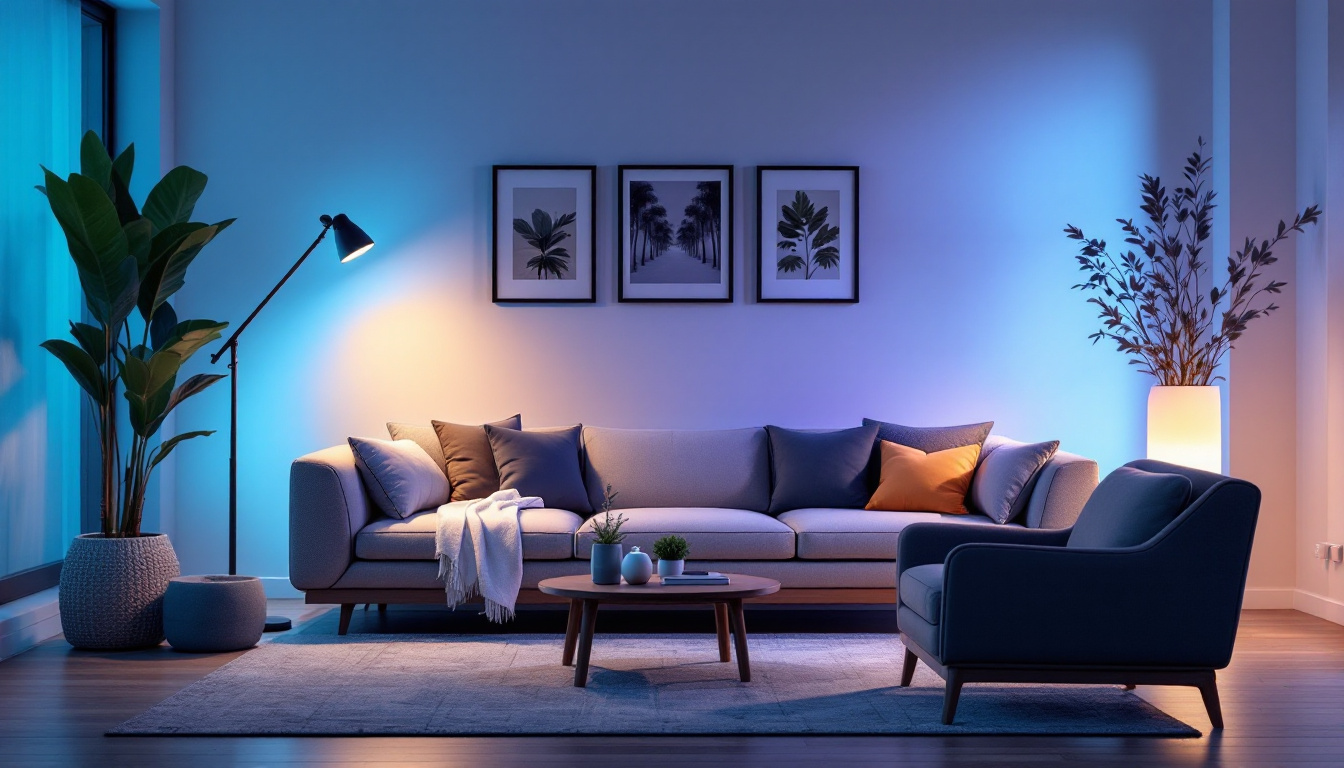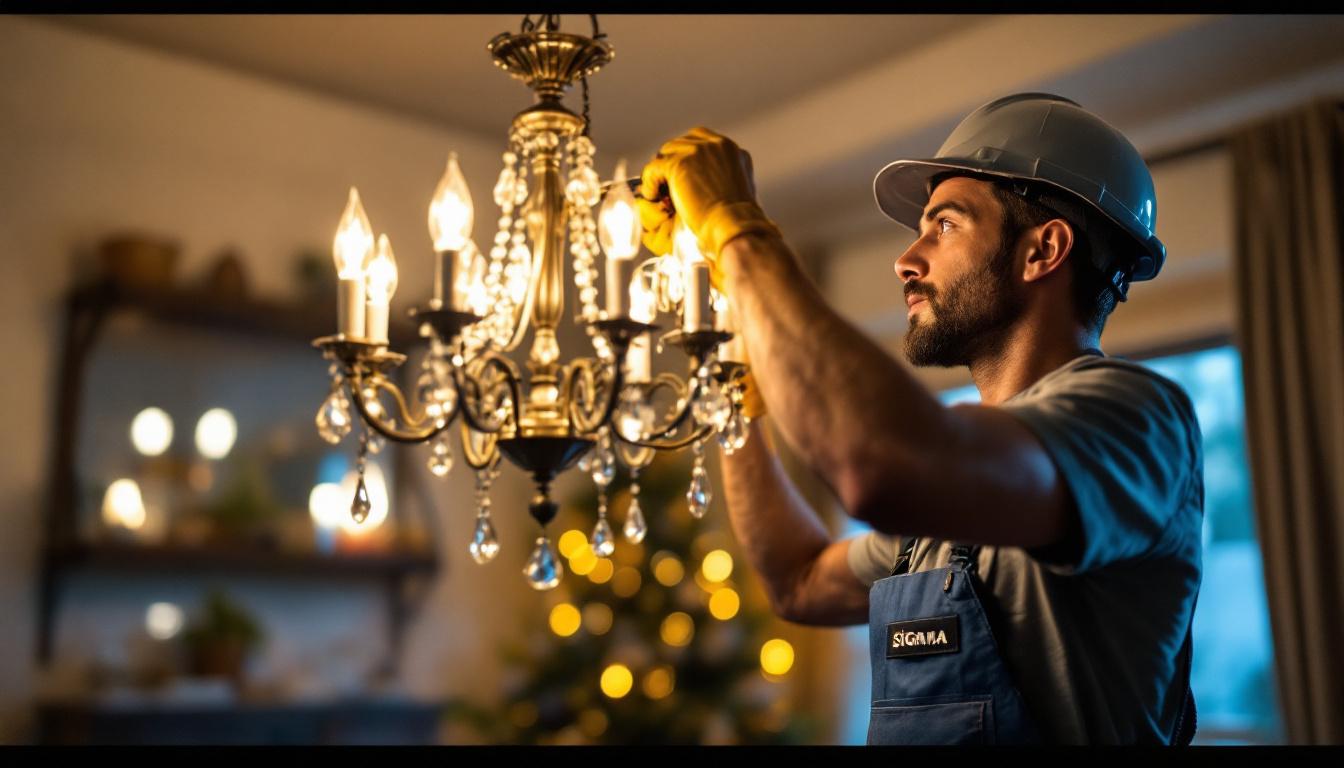
As the world of lighting continues to evolve, so too does the terminology used within the industry. For lighting contractors, understanding the nuances of smart lighting technology is crucial for effective communication with clients and colleagues alike. One common point of confusion arises with the term “set lights.” This article delves into what set lights are actually called, exploring various approaches that smart lighting contractors can take to enhance their services and improve client satisfaction.
Set lights, often referred to in different contexts, can encompass a variety of lighting solutions used in both residential and commercial settings. These lights are typically designed to provide flexible and adaptable lighting options that can be controlled remotely or programmed to suit specific needs. The versatility of set lights makes them an attractive choice for various applications, from mood lighting in homes to functional lighting in office spaces.
In the realm of smart lighting, set lights may also be known as “smart fixtures,” “intelligent lighting,” or “connected lights.” Each term reflects the advanced technology that allows for greater control, customization, and efficiency in lighting design. Understanding these terms is essential for contractors to effectively communicate the benefits of such systems to their clients. Furthermore, as the demand for energy-efficient solutions increases, the adoption of smart lighting technologies is becoming a standard practice in modern construction and renovation projects.
There are several types of set lights that contractors should be familiar with. These include:
Each type of set light serves a unique purpose, and understanding their functionalities can help contractors recommend the best solutions for their clients’ needs. For instance, smart bulbs can be an excellent entry point for homeowners looking to dip their toes into smart technology, while smart fixtures may appeal to those seeking a more comprehensive lighting overhaul.
Smart lighting solutions offer a plethora of benefits that can enhance the overall lighting experience. By leveraging technology, contractors can provide clients with:
These benefits not only improve the quality of life for clients but also position contractors as knowledgeable professionals who can offer cutting-edge solutions. Moreover, as smart lighting technology continues to evolve, contractors can stay ahead of the curve by familiarizing themselves with the latest advancements, ensuring they can provide the most innovative options available in the market. This proactive approach not only enhances client satisfaction but also fosters long-term relationships built on trust and expertise.
To fully grasp the capabilities of smart lighting, contractors must be familiar with the key technologies that underpin these systems. Understanding these components can aid in troubleshooting, installation, and system upgrades.
Smart lighting systems often rely on various wireless communication protocols to function effectively. Some of the most common include:
Understanding these protocols enables contractors to select the right components for their projects, ensuring compatibility and optimal performance.
The user interface is a critical aspect of smart lighting systems. Contractors should be aware of the various control systems available, which can range from simple smartphone apps to sophisticated home automation systems. Some popular options include:
By understanding the various control systems, contractors can offer tailored solutions that meet the specific preferences and needs of their clients.
Installing smart lighting systems requires a different approach compared to traditional lighting. Contractors must adhere to best practices to ensure a successful installation that meets client expectations.
Before installation, thorough planning and design are essential. This involves assessing the client’s needs, the layout of the space, and the desired lighting effects. Key considerations include:
Taking the time to plan effectively can lead to a smoother installation process and a more satisfied client.
Smart lighting systems often require specific wiring and connectivity considerations. Contractors should ensure that:
By prioritizing proper wiring and connectivity, contractors can avoid common pitfalls that may lead to system failures or client dissatisfaction.
Once the installation is complete, educating clients about their new smart lighting system is crucial. This not only enhances their experience but also reinforces the contractor’s expertise.
During the final walkthrough, contractors should take the time to demonstrate the various features and functions of the smart lighting system. This can include:
By providing thorough demonstrations, contractors can empower clients to make the most of their new systems.
Smart lighting systems can sometimes experience issues or require updates. Offering ongoing support can set a contractor apart from competitors. Consider the following:
Ongoing support not only enhances client satisfaction but also fosters long-term relationships that can lead to future projects and referrals.
The smart lighting industry is continually evolving, with new technologies and trends emerging regularly. For contractors, staying informed and adaptable is essential for success.
Investing in ongoing education and training can help contractors stay ahead of the curve. This can include:
By prioritizing education, contractors can enhance their skills and knowledge, ultimately benefiting their clients.
Building relationships within the industry can lead to new opportunities and insights. Contractors should consider:
Networking and collaboration can open doors to new projects and enhance a contractor’s reputation within the industry.
Understanding what set lights are actually called and the various approaches to smart lighting can significantly enhance a contractor’s ability to serve their clients effectively. By staying informed about terminology, technologies, and best practices, lighting contractors can position themselves as trusted experts in the field.
As the smart lighting market continues to grow, embracing ongoing education, client engagement, and innovative solutions will be key to thriving in this dynamic industry. By prioritizing these elements, contractors can ensure they remain competitive and continue to meet the evolving needs of their clients.
Ready to elevate your lighting game? At LumenWholesale, we provide smart lighting contractors like you with the highest quality, spec-grade lighting products at prices that can’t be beaten. Say goodbye to local distributor markups and hello to our extensive selection that meets rigorous industry standards. With free shipping on bulk orders, you can stock up on reliable, high-performance lighting solutions that will impress your clients and enhance your projects. Don’t settle for less—choose LumenWholesale for the perfect combination of quality, affordability, and convenience. Discover the best value in wholesale lighting by visiting Wholesale Lighting at the Best Value today.

Discover the key advantages of using fluorescent lamp ballasts for lighting contractors.

Discover the pitfalls lighting contractors often encounter when installing chandeliers.

Discover the essential guide to U-shaped light bulbs tailored for lighting contractors.

Discover the advantages and drawbacks of post lanterns for lighting contractors in this insightful article.